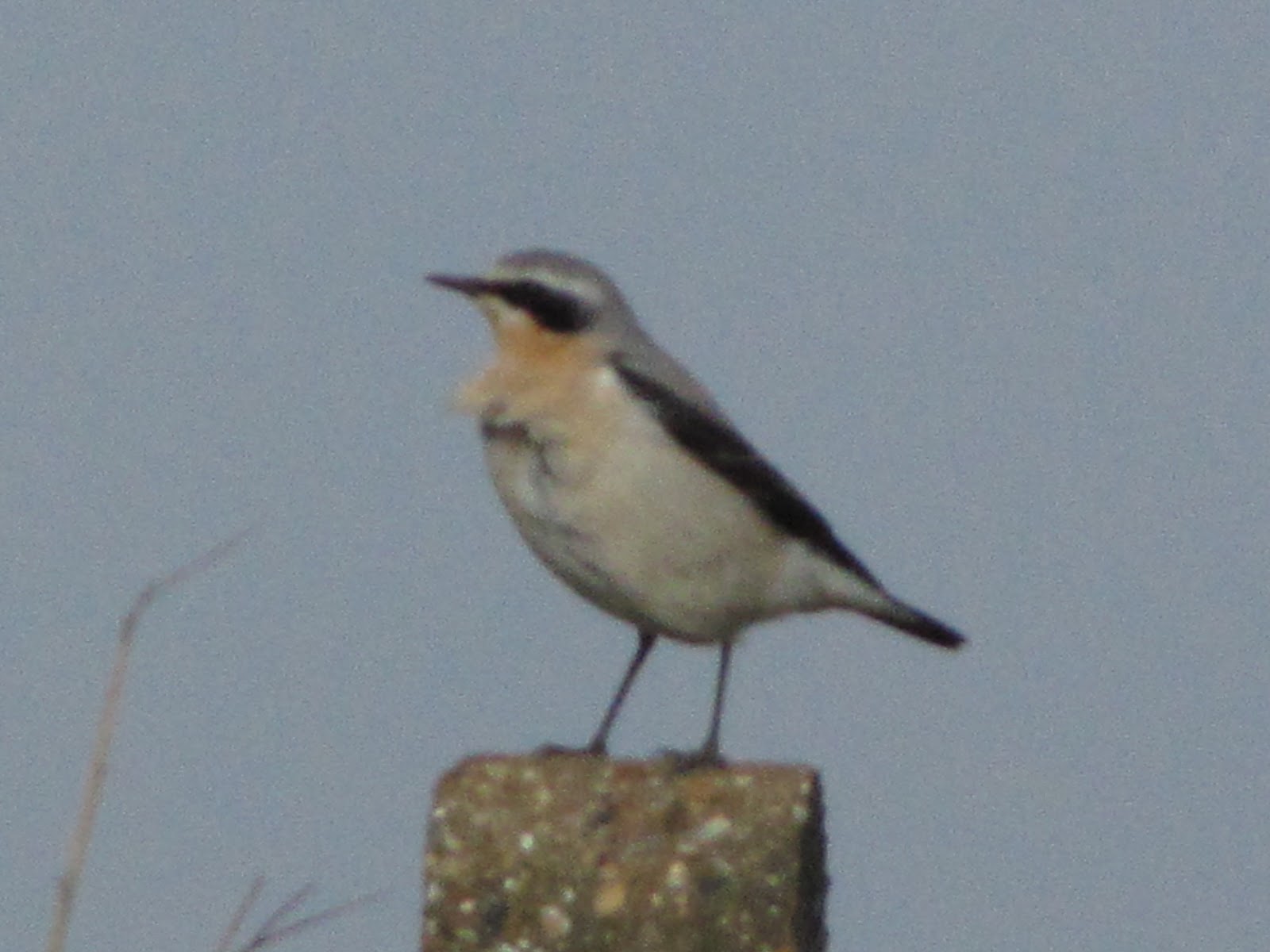Flight Path
 |
| Photo by Jo Sinclair |
Absent-mindedly observing moths and gnats smothering a lit window gave me another reason to celebrate spring. According to doom-laden articles there's been a fatal lack of insects. I hadn't seen a ladybird this year until the weather changed. It was tucked away in the fork of a blackcurrant bush in my garden, and a comma butterfly chose the newly-planted redcurrant alongside. There were whirligig mercury drops, skinny pond skaters and water boatmen on my walk, and a bead with a metallic carapace striped purple and emerald was floating in my garden pond. I looked it up. My first garden pest of the year and an invasive species from warmer climes: a rosemary beetle, partial to sage... rosemary and thyme. Hopefully it won't touch the parsely.
Forgetting the slimy mollusc armies I did battle with last summer I was honestly charmed to see snails out and about.
With the insects this week came a surge of birds. New arrivals received a heroes' welcome. Birds followed insects. Birders followed birds. I followed birder bulletins. And one by one I watched each species turn up like a smooth-running timetable at Heathrow. The swallows I saw over the industrial estate on 14 April got a private salute from me for doing battle with global warming. The nation might have been dancing for joy but for the dancing that went on while a certain former prime minister was on her way to the grave.
15 April: six wheatears. One species of thrush had traded places with two others; the redwings and fieldfares that had hung on so long at last evacuated the departure lounge. But the lovely African wheatear (see windswept photo, below) is only a passage migrant. Touch-down was just for one day. There were yellow wagtails too. Last year two pairs were breeding locally in sugar-beet which seemed to suit them, but the crops around here this year seem to be potatoes and wall-to-wall wheat.
17 April: singing blackcaps and willow warblers.
18 April: sedge warbler
Wildlife Action Groups have their eyes on the issue of planning developments and bird migration. I came across these fascinating articles about how birds use regular flight paths on their spring and autumn journeys. Skyscrapers and wind turbines are lethal obstructions, but new legislation encourages warning-system solutions to the birds.
New York Times
 |
| Photo by Jo Sinclair |
Comments
Post a Comment